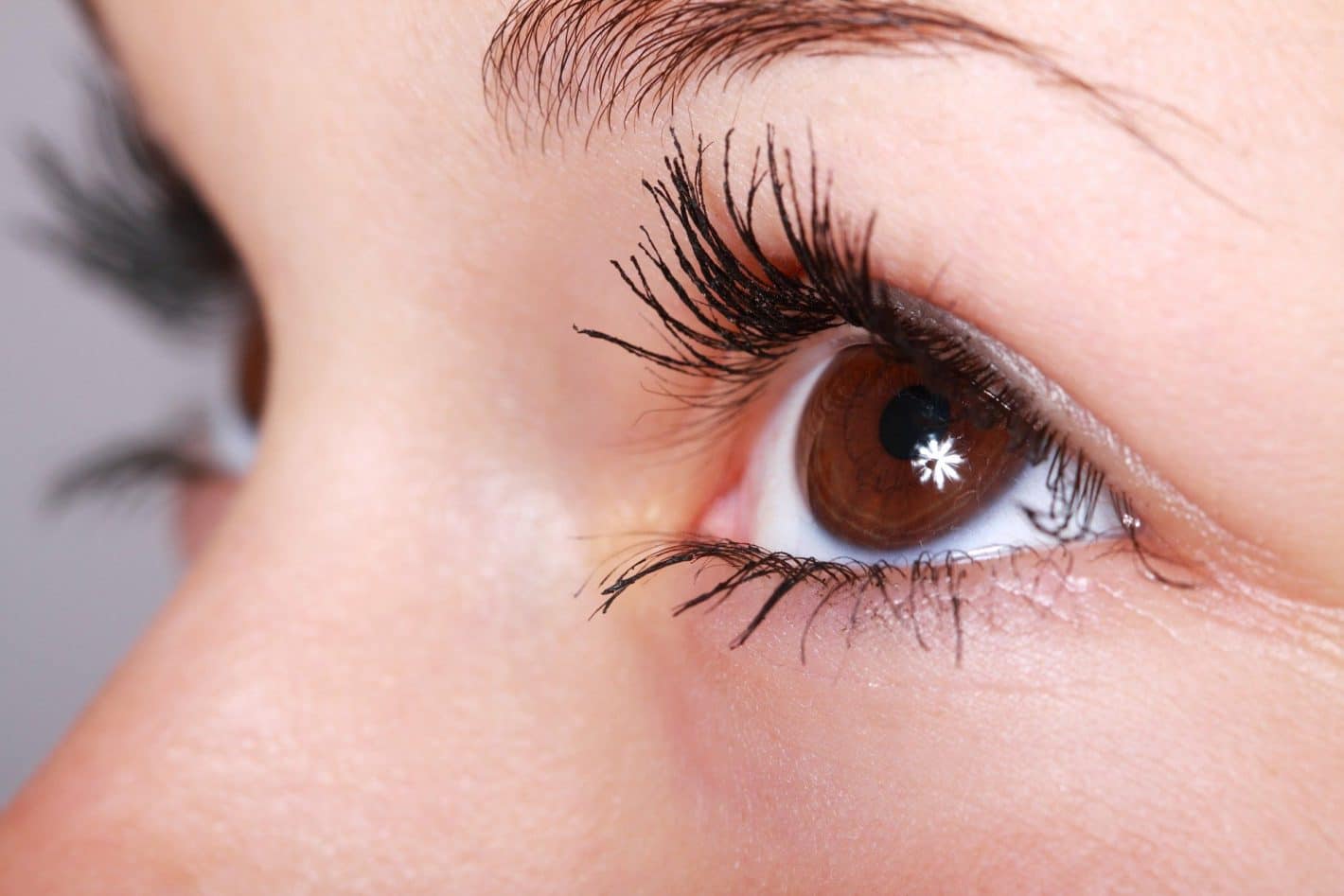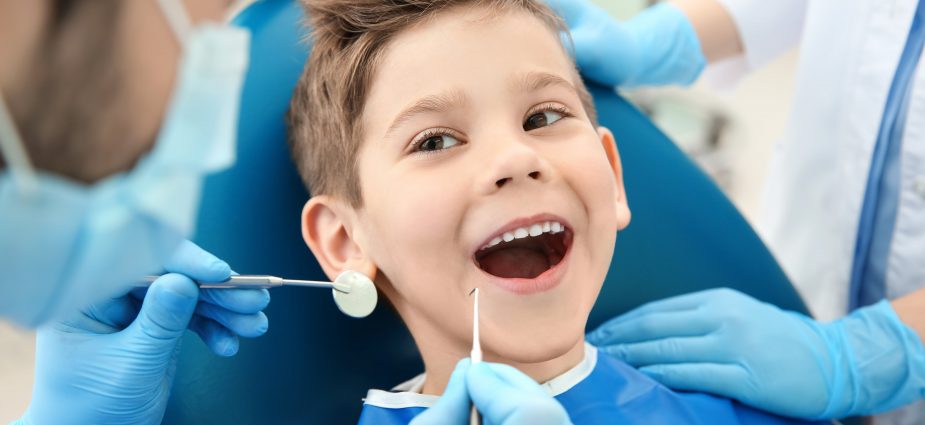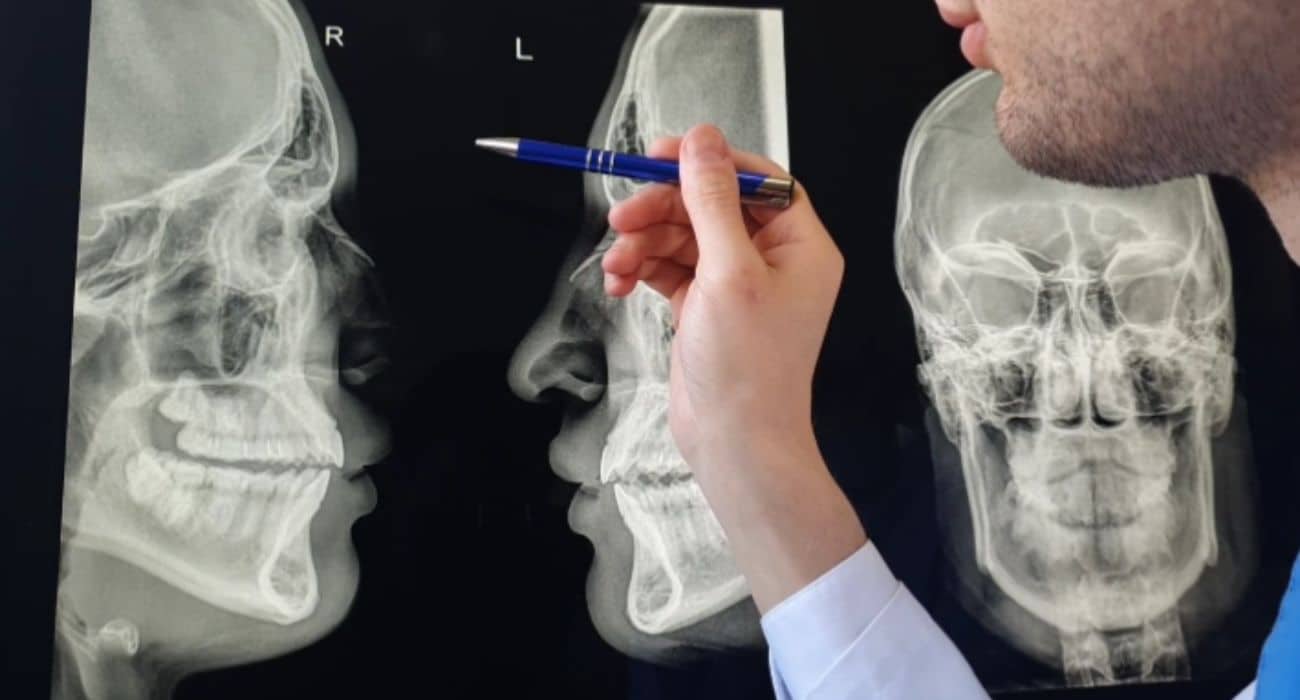Introduction
The face is one of the most visible parts of our bodies and any injuries sustained can have a significant impact on our appearance. Facial fractures are a common type of injury that can happen to anyone, ranging from minor to severe. In this blog post, we’ll discuss what facial fractures are, their causes, and how they are treated and managed.
Facial Injuries
Facial injuries refer to any type of damage that affects the face, such as cuts, bruises, burns, and fractures. Facial injuries can be caused by a variety of factors including blunt force trauma (such as being hit in the face), falls, car accidents, sports injuries, and assault. Facial injuries can range from minor to severe and can often result in scarring or disfigurement.
Facial injuries can have a profound impact on a person’s quality of life. Facial injuries can result in disfigurement and scarring, which can drastically affect someone’s appearance and self-confidence. In addition, facial fractures may also impede the ability to breathe, see, and eat properly. For example, broken bones around the nose or jaw can make it difficult to open the mouth to eat and may cause breathing problems due to obstruction of the airways. Eye injuries, such as a black eye, may cause vision impairment and need to be treated immediately. Furthermore, facial injuries can also result in issues with speech and communication if any structures involved in producing sound have been affected. These impacts can be devastating, both physically and emotionally, resulting in a decreased quality of life.
Facial Fractures
Facial fractures are breaks or cracks in the bones of the face. The most common type of facial fracture is a broken nose, which can occur when the nose is hit with a hard object or when too much pressure is applied to the bridge of the nose. Other types of facial fractures may include fractures of the jawbone, cheekbones, and eye sockets. Facial fractures can cause significant pain and swelling due to broken bone fragments that may move around inside a person’s face. In addition, facial fractures often result in misalignment of facial features, which can be very distressing for an individual.
Facial fractures vs Facial Injuries
Facial injuries refer to any type of damage that affects the face, including cuts, bruises and burns. However, these injuries do not cause damage to the underlying bone structure. In contrast, facial fractures can cause extensive damage to facial bones and may require surgery to repair. Thus, it is important to seek medical attention immediately after a facial injury in order to assess whether or not a fracture has occurred.
Types of Facial Fractures
1. Nasal Fractures
Nasal fractures are one of the most common types of facial fractures and they typically occur when the nose is hit with a hard object or too much pressure is applied to the bridge of the nose. Symptoms may include pain, swelling, bruising, bleeding, and difficulty breathing. Treatment for nasal fractures usually involves realigning the bones and can involve either non-surgical methods such as icing and rest, or may require surgery.
2. Orbital Fractures
Orbital fractures occur when there is a break or fracture in one or more of the bones that make up the eye socket. Symptoms of orbital fractures may include swelling, bruising, pain, and vision changes. Treatment for orbital fractures typically involves realigning the bones and can involve either non-surgical methods such as icing, rest, and medications, or may require surgery. Surgery for orbital fractures usually involves the use of internal screws or plates to stabilize and realign the bones.
3. Maxillary Fractures
Maxillary fractures are fractures that occur in the upper jawbone and can be caused by a variety of factors including blunt force trauma, falls, car accidents, and sports injuries. Symptoms may include pain, swelling, bruising, and difficulty speaking or eating. Treatment for maxillary fractures often involves the use of internal screws or plates to realign the bones, but in some cases, non-surgical methods such as icing and rest may be used instead.
4. Mandibular Fractures
Mandibular fractures occur when there is a break or fracture in the lower jawbone and are typically caused by blunt force trauma, falls, car accidents, and sports injuries. Symptoms may include pain, swelling, bruising, limited movement of the jaw, difficulty speaking or eating, and numbness. Treatment usually involves realigning the bones and can involve either non-surgical methods such as icing, rest, and medications, or may require surgery. Surgery for mandibular fractures usually involves the use of internal screws or plates to stabilize and realign the bones.
Facial Fractures Treatment
Management Options for Facial Fractures
Facial fractures can be treated with a variety of methods depending on the severity of the injury. Non-surgical treatments such as icing and rest can help reduce pain and swelling, while surgical methods such as internal screws or plates can be used to realign the bones. In some cases, facial reconstruction may be necessary in order to restore the appearance of the face.
Pain Management
Pain management is an important aspect of treating facial fractures. Depending on the severity and location of the fracture, pain medications such as ibuprofen, acetaminophen, or narcotic pain relievers may be prescribed to help manage the pain associated with facial fractures. In some cases, cold compresses can also be applied to reduce swelling and provide relief from discomfort. Additionally, physical therapy may be recommended to help with the healing process.
Swelling Management, Reduction, and Immobilization
Swelling management is an important part of treating facial fractures. Swelling can be managed by applying a cold compress to the affected area for 20 minutes at a time, several times a day. Additionally, nonsteroidal anti-inflammatory drugs (NSAIDs) may be prescribed to help reduce swelling and discomfort associated with facial fractures. In some cases, facial splints or casts may be used to immobilize the fractured area and help the bones heal correctly.
Surgical Correction
In some cases, surgery is necessary to treat facial fractures. Depending on the location and severity of the fracture, different techniques may be used to repair the fracture. These techniques can include realigning the bones with screws or plates, repairing damaged facial muscles and soft tissues, repairing fractured teeth, and correcting any nerve damage that may have occurred. Surgery is usually performed under general anesthesia, and the patient may need to stay in the hospital for several days after the procedure.
Follow-up appointments
Follow-up appointments are an important part of the treatment process for facial fractures. During these appointments, Dr. Vikram Pandit will monitor the healing process and check for any possible complications or infections related to the fracture. They can also provide advice on how to best care for the injury, such as using cold compresses to reduce swelling and pain medications to manage discomfort. Additionally, follow-up appointments may be used to check for any possible scarring or nerve damage that may have occurred as a result of the fracture.
Management options for facial fractures differ depending on the location, severity, and complexity of the injury. For example, if the fracture is located around the eye socket, a surgical procedure may be necessary to realign the bones and repair any damaged soft tissues or nerves. In other cases where the fracture is more minor, non-surgical treatment such as icing, rest, and medication can help reduce pain and swelling. Regardless of the treatment method, it is important to seek medical attention as soon as possible in order to ensure proper healing and reduce the risk of complications.
Recovery Process For Facial Fractures
Healing Time
Recovery from facial fractures is a gradual process that can take several weeks or months to complete depending on the severity of the injury. In general, most facial fractures take between four to eight weeks to heal fully. During this time, swelling and pain management may be necessary in order to reduce discomfort and help speed up the healing process.
Expected Outcome
The goal of treatment for facial fractures is to provide relief from pain and restore the normal form and function of the face. With proper medical attention, most facial fractures can heal successfully. However, the outcome may be affected by the severity of the fracture, the age of the patient, and other factors. In some cases, there may be visible scarring or nerve damage that may require additional treatment.
Potential Complications Post-treatment
Despite proper treatment, there may be potential complications after facial fracture treatment. These can include infection, nerve damage, scarring, and permanent deformity of the affected area. Additionally, patients may experience facial muscle weakness or numbness in the affected area. It is important to seek medical attention immediately if any of these symptoms are present.
Role Of Physical Therapy In Recovery
Physical therapy is an important part of the recovery process for facial fractures. The goals of physical therapy are to reduce swelling, improve range of motion in the affected area, and strengthen the muscles to help restore proper form and function to the face. Physical therapists may use stretching exercises, electrical stimulation, heat or cold packs, ultrasound, massage, or other methods to help reduce pain and speed up the healing process. Additionally, physical therapists can also provide advice on how to best care for the injury during recovery. Following a prescribed course of physical therapy treatment is essential for achieving optimal outcomes from facial fracture treatment.
Facial fractures are serious injuries that require proper medical attention. With prompt care, facial fractures can often be addressed quickly and with minimal impact on a person’s quality of life. However, it is important to seek medical attention immediately and follow your doctor’s advice in order to ensure a full and successful recovery. By understanding the diagnosis, treatment options, potential complications and recovery process for facial fractures, patients can be better prepared to navigate this challenging situation.
Meet the Doctor
BDS, MDS Oral & Maxillofacial Surgeon
Dr. Vikram is a visiting consultant and consultant oral and maxillofacial surgeon at the top hospitals in Pune like Poona Hospital and Research Centre, Ratna Memorial Hospital, Pandit Clinic and KEM Hospital. Dr. Vikram has done clinical fellowship in craniofacial surgery with focus on surgery for cleft lip and palate deformities, orthognathic surgery and surgery for sleep related disordered breathing (SRDB). He has trained for advanced management for Facial Trauma, from Taiwan. He has also attended various seminars and done workshops related to Oral and Maxillofacial Surgery. Dr. Vikram is also a co- author of a chapter for a textbook. He has been invited as a speaker for number of conferences in India as well as Internationally.
You Might Be Interested In

Understanding Central Obesity: Causes, Risks, & Treatment
What is Central Obesity? Central obesity, also known as abdominal obesity or “pot belly,” is the accumulation of fat in the abdominal region. It is

Beyond Beauty: The Medical Applications of Laser Hair Reduction
When we think of laser hair reduction, our minds often conjure images of silky-smooth skin and freedom from unwanted hair growth. While this is indeed









